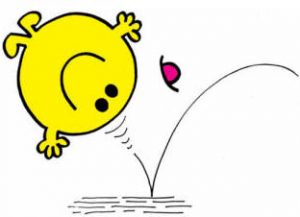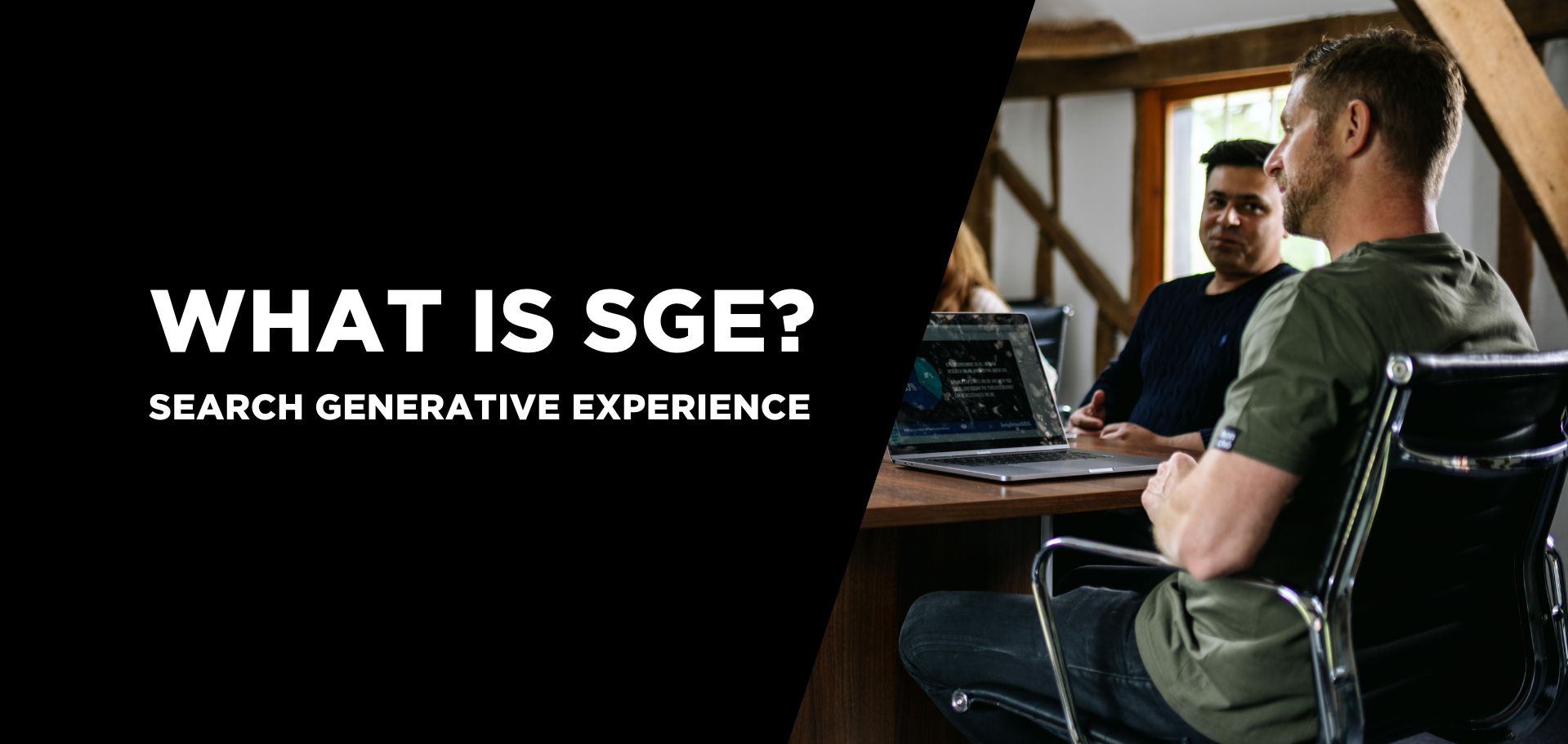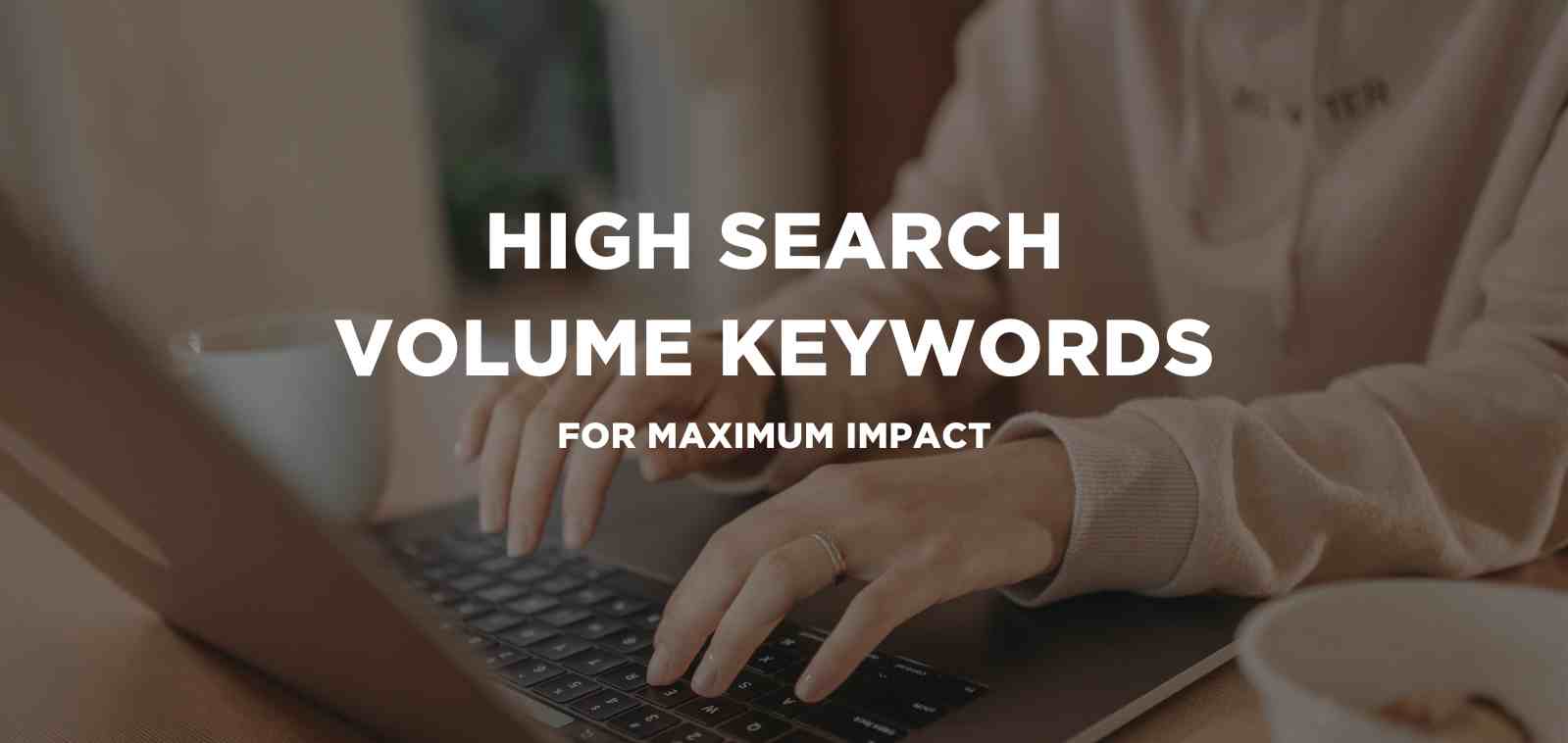2 min read
What is Google Search Generative Experience? (SGE)
What is Google SGE? Think of Google SGE as your helpful buddy on the search results page. Instead of making you click on different websites, it pulls...
 We look at all the different ways a high bounce rate can damage the rankings of your web pages from slow loading speeds to poor landing pages, or simply not having any products in stock. So if your rankings have fallen, bounce rate is always worth looking into – especially during peak shopping periods.
We look at all the different ways a high bounce rate can damage the rankings of your web pages from slow loading speeds to poor landing pages, or simply not having any products in stock. So if your rankings have fallen, bounce rate is always worth looking into – especially during peak shopping periods.

2 min read
What is Google SGE? Think of Google SGE as your helpful buddy on the search results page. Instead of making you click on different websites, it pulls...

5 min read
Discover the power of high search volume keywords and how to effectively use them to boost your online presence and drive maximum impact.

2 min read
We're delighted to officially announce our partnership with Eflorist, one of the world’s leading flower delivery brands with over 54,000 local flower...
1 min read
At PubCon, Google’s Matt Cutts indicated that ‘load time’ may be another ranking factor to their ever growing list, when determining how websites...
2 min read
With Google’s Mayday algorithm change being a rankings change, and not a crawling or index change means that websites that get less traffic will...
4 min read
Most marketers will know that page load times are increasingly coming under the SEO spotlight. In November 2010, Google patented the use of page...